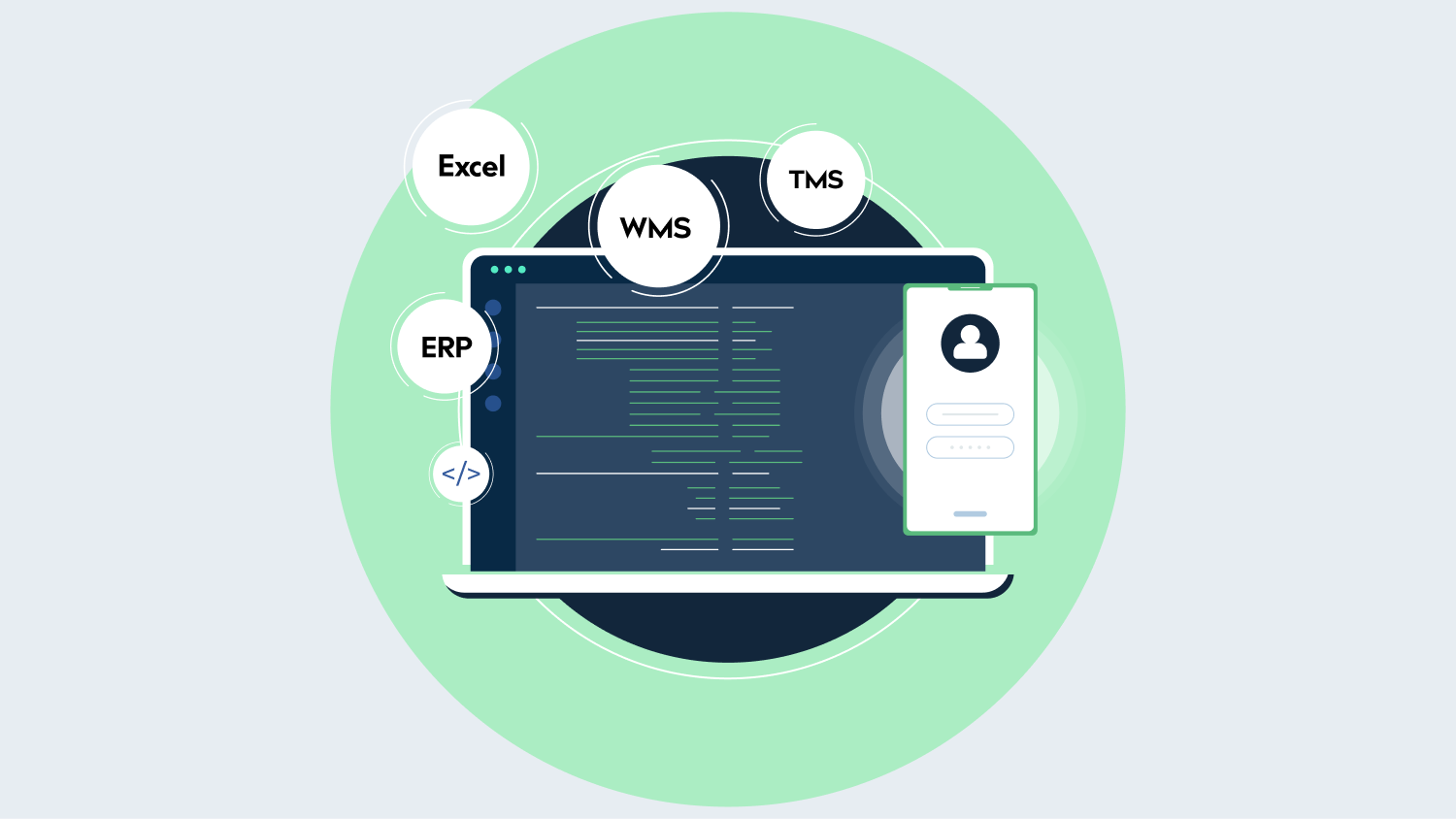Are you struggling to keep the right amount of inventory on hand? Many businesses face the challenge of maintaining a balance between having enough stock to meet customer demands and avoiding excess inventory.
This is where safety stock optimization comes in. It helps you maintain just the right amount of extra inventory to cover unexpected demand or supply chain delays.
Companies that optimize their safety stock can reduce inventory costs by a significant margin. This shows that you can also improve your ability to meet customer demands without overspending on storage costs.
WIth that said, let’s see how optimizing safety stock can strike the perfect balance between efficient inventory management and high service levels.
What is Safety Stock Optimization?
Safety stock optimization refers to the process of determining the ideal amount of extra inventory that a business should keep on hand to prevent stockouts while minimizing carrying costs.
In addition to the amount, the model also recommends the best location of the inventory (eg: NDC vs LDC) and the best format (eg: finished goods or general components).
Stockouts can lead to missed sales opportunities and unhappy customers, while excess inventory can tie up cash and increase storage costs.
In a well-designed Supply Chain Network Design, safety stock optimization plays a crucial role in balancing supply and demand across different nodes in the network. By optimizing safety stock, businesses can strike a balance between these two risks. It involves using data, such as demand patterns, lead times, and supply chain variability, to calculate the right level of safety stock.
Effective safety stock optimization can lead to lower inventory costs, improved cash flow, and better customer satisfaction. It helps businesses operate more efficiently by ensuring they have the right products available at the right time, even when the unexpected happens.
Why is Safety Stock Important?
Safety stock is important because it helps protect businesses from running out of products when unexpected things happen. It is also essential for maintaining Supply Chain Resilience by ensuring the business can continue fulfilling orders, even in the face of supplier delays or other disruptions.
If a business doesn’t have enough stock, it can lead to delays, lost sales, and unhappy customers. Having safety stock in place ensures that there are enough products to meet customer demand, even when demand suddenly increases or when suppliers can’t deliver on time.
Safety stock also helps businesses keep a good reputation. Customers expect their orders to be fulfilled quickly, and if a business can’t deliver on time, it might lose their trust. By having some extra stock, companies can ensure that they don’t miss out on sales, even during busy times or when there are delays in the supply chain.
In addition, keeping the right amount of safety stock helps businesses avoid spending extra money on last-minute orders or fast shipping to cover for stock shortages. This can save a lot of money and help the business run more smoothly.
Quick Link: Supply Chain Scenario Planning – Preparing For The Challenges
How to Calculate Safety Stock
Calculating safety stock involves using data to find the right amount of buffer stock that can handle demand variability without overstocking. Businesses can use Mathematical Optimization to precisely calculate the optimal safety stock levels by analyzing key factors such as lead time variability and demand patterns.
Here’s a simple approach to calculating safety stock:
1. Identify Key Variables
To calculate safety stock, you need to consider a few important factors:
- Demand variability: How much does your demand fluctuate over time? This is usually measured as the standard deviation of your demand during a specific period.
- Lead time variability: How much does the time it takes to get products from your supplier vary? This is the standard deviation of your lead time.
- Average demand: The average number of units your customers typically need during a set period.
- Average lead time: The average time it takes for you to receive products from your suppliers.
2. Use the Safety Stock Formula
A commonly used formula for calculating safety stock is:
Safety Stock = Z * √(Lead Time Variability² * Demand² + Demand Variability² * Lead Time²)
Z: The Z-score represents the desired service level (how often you want to avoid stockouts). A higher Z-score means a higher service level, but more safety stock. For example, a Z-score of 1.65 corresponds to a 95% service level, meaning you want to avoid stockouts 95% of the time.
- Demand: This is the average demand during the lead time.
- Lead Time Variability and Demand Variability: These are the variations (or standard deviations) in your lead time and demand over a period.
3. Adjust for Different Scenarios
The formula can be adjusted depending on your situation. For example:
- If you have highly variable demand: You might want to increase your safety stock to cover unpredictable spikes.
- If lead time is more variable: You might need more safety stock to cover delays in getting products from your suppliers.
4. Calculate and Monitor Regularly
Once you have calculated your safety stock, it’s important to revisit the calculation regularly. Market conditions, customer demand, and supplier performance can change, so you’ll want to adjust your safety stock levels accordingly.
Example Calculation
Let’s say you want to maintain a 95% service level, with an average demand of 100 units per week, a lead time of 2 weeks, a demand variability of 20 units, and a lead time variability of 1 week.
Using the formula:
Safety Stock = 1.65 * √((1² * 100²) + (20² * 2²)) = 1.65 * √(10,000 + 1,600) = 1.65 * √11,600 ≈ 1.65 * 107.7 ≈ 177.7 units
So, you would need about 178 units of safety stock to maintain a 95% service level in this case.
5. Use Software Tools for Better Accuracy
Many businesses use inventory management software to calculate safety stock more accurately and efficiently.
These tools can automate the process by continuously analyzing data on demand and lead time variability, making sure your safety stock levels are always up-to-date.
Take Control of Your Inventory with Sophus X
Optimizing safety stock is essential to balancing inventory levels and maintaining high service standards. By calculating the right safety stock, you can ensure you’re prepared for demand changes without holding excessive inventory.
With the rise of omnichannel retail and micro-fulfillment, inventory management has become more challenging than ever. At Sophus, our Multi-Echelon Inventory Planning solution provides a smarter way to manage inventory across multiple locations.
With Multi-Echelon Inventory Planning, you can achieve up to a 15-20% improvement in inventory turns, a 30-50% boost in customer service levels, and significant reductions in logistics costs.
Ready to maximize your inventory efficiency? Request a demo today and explore how Sophus can transform your inventory management.
Read Our Latest Case Study:
Lee Kum Kee’s Journey with Sophus Yields Savings Exceeding $20 Million









